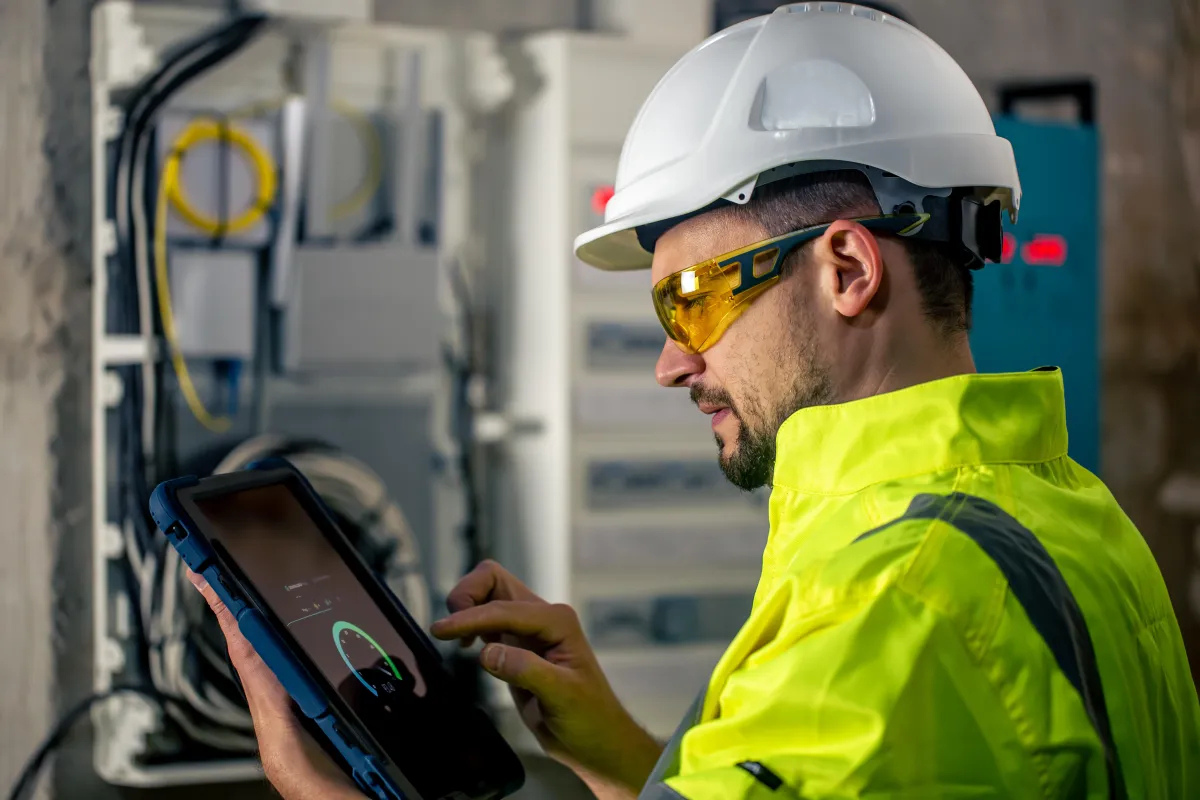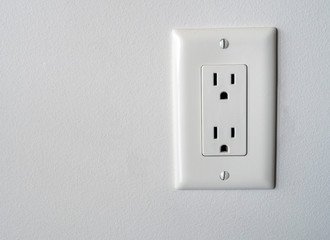Understanding Electricity: Its Importance and Applications
Introduction
Electricity is one of the most essential forms of energy that powers our modern world. It is used in almost every sector of society, from homes and businesses to factories and transportation. Understanding the basics of electricity, how it works, and its various applications is crucial to appreciating its impact on our lives. In this article, we will explore the importance of electricity, how it works, and its diverse applications.

What is Electricity?
Electricity is a form of energy that results from the movement of charged particles, such as electrons. It is primarily generated by the flow of electric current through conductors, typically metals like copper. This energy can be harnessed and converted into other forms, such as light, heat, or mechanical energy.
Electricity is generated in power plants through various means, such as burning fossil fuels, harnessing wind energy, or using nuclear reactions. The generated electricity is transmitted via power lines and distributed to homes and industries for use.
Types of Electricity
How Does Electricity Work?
Electricity operates based on the principle of an electric circuit. An electric circuit consists of a source of electrical energy (such as a battery or power plant), conductors (such as wires), and a load (such as a light bulb or motor) that uses the electrical energy.
When a circuit is completed, the electric current flows from the source through the conductors to the load. The flow of electric current is driven by the difference in electrical potential (voltage) between two points, and the resistance of the material controls the amount of current.
Importance of Electricity in Modern Life
Electricity has revolutionized how we live, work, and communicate. It is crucial for nearly all the technologies that shape the modern world, including:
Applications of Electricity
Electricity has many applications in various fields:
Safety and Conservation of Electricity
While electricity is essential, it also poses certain risks, including the potential for electrical fires, electric shocks, or system failures. To ensure safety, it is important to follow proper electrical installation standards, use quality wiring, and avoid overloading circuits. Here are a few tips for electrical safety:
Additionally, conserving electricity is vital for both reducing costs and minimizing environmental impact. Simple measures such as using energy-efficient appliances, turning off lights when not in use, and using programmable thermostats can significantly reduce electricity consumption.
Conclusion
Electricity is the backbone of modern society, enabling countless technologies that make our lives easier, safer, and more efficient. However, it is essential to understand how electricity works and take appropriate measures for safety and conservation. Whether you’re using electricity to power your home, run your business, or fuel innovation, understanding its applications and importance ensures that it continues to benefit society while minimizing its risks.







